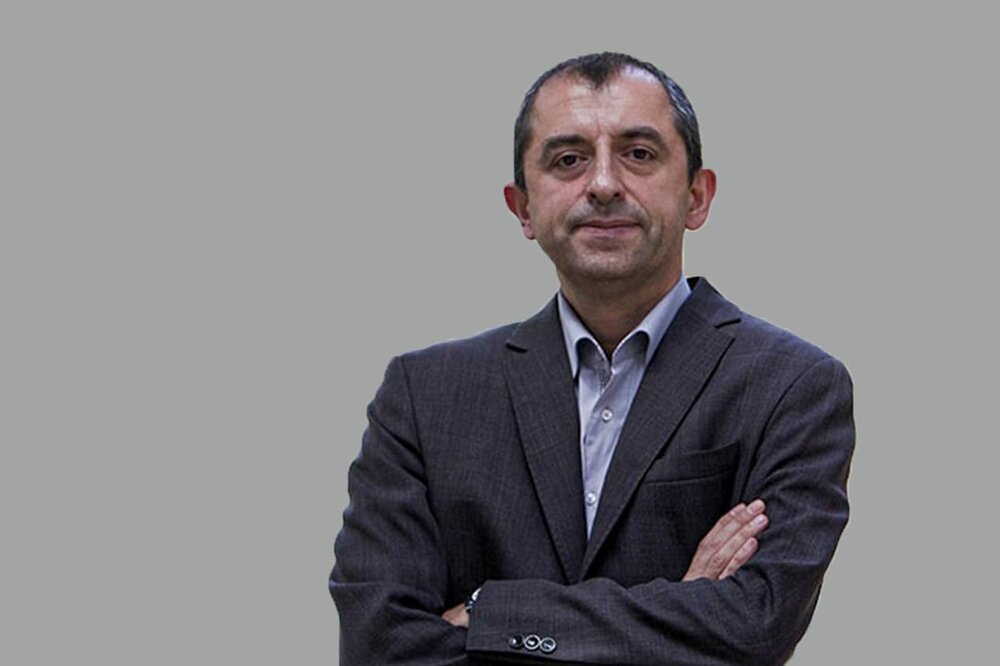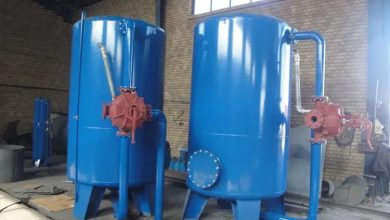
Oil has been Iran’s main source of energy for decades. Our country has more than 208 billion barrels of proven crude oil reserves, supporting an annual production of about 2.3 million barrels per day by 2018/2019. Annual GDP growth rose from less than 6% in 2006 to more than 12% in 2016, with primary energy consumption increasing by 40% during this period, feeding cars and factories and incomplete fuel consumption. The power plants paid a heavy price in the form of severe air pollution, which led to the occurrence of various diseases among Iranian citizens.
Dependence on oil is a sign of an unbalanced energy mix and a source of a lack of serious interest in clean energy in Iran. Natural gas and oil accounted for 98% of Iran’s total primary energy consumption in 2018. The total capacity of fossil fuel power plants was more than 60 gigawatts in 2014, which constitute the majority of the country’s total electricity. Electricity capacity is about 75 gigawatts. Diversification of the country’s energy composition began in the fifties of the last century with the study of clean and renewable energy sources. Iran has the physical geography needed to build geothermal power plants, so about 9% of Iran’s land can be used to build geothermal power plants. The Department of Energy has identified ten “areas of high geothermal potential” across the country.
Unlike thermal units that burn fossil fuels, geothermal power plants emit less carbon dioxide. Carbon dioxide emissions from geothermal power plants are less than 5% of the total emissions from conventional coal-fired power plants. By 2015, geothermal capacity worldwide had reached 13 gigawatts, 28 percent of which was installed in the United States. Turkey, the regional leader in the geothermal industry, plans to increase its installed capacity to 2.5 gigawatts by 2023.
Investigate changes in surface temperature around Damavand volcano and study thermal anomalies related to geothermal activity in these areas, faults, hot springs, rocks, hydrothermal changes, areas of active deformation, and the close spatial correlation with the above heat flow data. Zones of thermal anomalies associated with geothermal activity showed a thermal peak in 2006, as the authors investigated smoke emission and high seismicity in the Damavand peak region. According to the 2014 census, the population of Tehran and Alborz provinces is about 16 million, and Mazandaran province has a population of about 5 million, so it can be estimated that about 22 million people live near or within a radius of 100 km from the summit of Damavand. With a 400-square-kilometre lava reservoir at Damavand, the country’s main volcano, being excavated, the Damavand volcanic system can supply electricity to 100,000 people in Wadi Haraj.
Geothermal energy has been the main cause of global warming since at least 1979. This is based on the proven ability of geothermal energy to increase convection in the crust and influence the atmosphere. Geothermal heat enhances convection and serves as an important mechanism for transferring ocean heat to Earth’s atmosphere.
The first geothermal power plant in Mashjin Shahr, Ardabil Governorate, with a production capacity of 55 megawatts, ready for operation. In this power plant, water is injected underground through a tube and at a temperature of 250-500 degrees, the water turns into steam, and then this steam comes to the surface of the earth and spins a steam turbine. This power plant is the beginning of sustainable energy production.
The number of megacities in the world is expected to increase from 33 to 43 by 2030. With increasing energy demand, population growth and climate change, there is an urgent need to invest in sustainable energy. The potential geothermal resource base is sufficient to cover residential electricity demand in major cities of the world based on the current population and beyond their current needs. Geothermal energy, an important source of clean, climate-independent energy, contributes significantly to energy needs, improves air quality, and removes carbon from the world’s major cities. Governments and people must be made aware of the benefits of geothermal energy. In addition, energy policies with investments in research and development are needed to ensure that geothermal energy is included in the energy supply mix in the future.
*Published in Etimad magazine. Thursday 26 September 1401
6565










